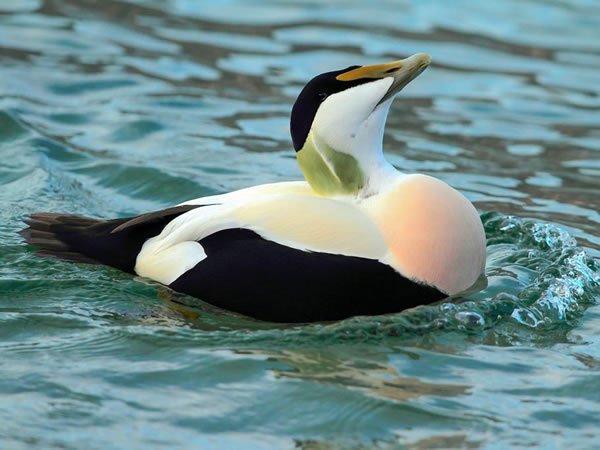Development of a monitoring program for the American Common Eider Part I: An assessment of repeatability and accuracy of aerial counts of males

Project Number: 135
Year Funded: 2012
Lead Institution(s): Canadian Wildlife Service
Project Lead: Scott Gilliland
Collaborator(s): Christine Lepage (CWS), Francois Boldoc (CWS), Kevin Connor (New Brunswick DNR)
Location: Atlantic Flyway
Focal Species: Common Eider (Somateria mollissima)
Project Description: The American Common Eider is among the most harvested sea ducks in several coastal regions of eastern Canada and U.S, and the population estimate is around 300,000 birds. Although the distribution and relative abundance of American Common Eider has been well described, there exists no comprehensive monitoring program for this subspecies. Unfortunately, no coordinated, international survey of this population has occurred and therefore no reliable indices of continental population size or trend exist. This project addressed two information gaps to assess the potential of using aerial counts of adult males surrounding eider colonies as an index of the breeding population: 1) development of the geo-spatial sampling regime and frequency of surveys, and 2) an assessment of the repeatability of the survey. Here we assess measurement error using three replicate counts from up to twelve breeding areas spread across the breeding range. This design provides the ability to assess measurement error in different environmental conditions and spatial scales. We also compare estimates of the number of adult males around colonies made from high altitude photographs of the colonies to visual estimates made during the same survey.
Project Reports:
